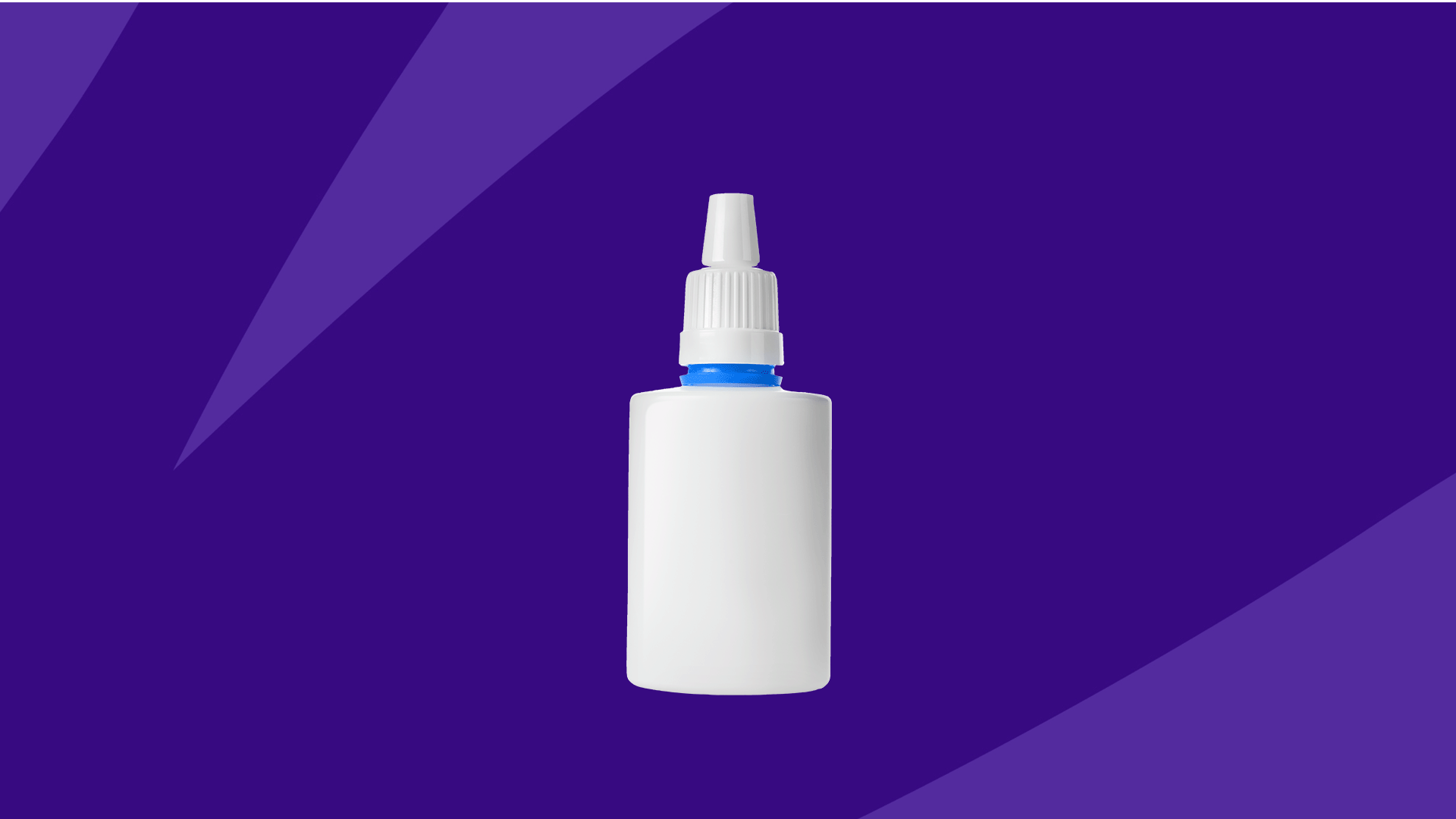Is Azopt covered by insurance? | How much does Azopt cost without insurance? | How to get Azopt without insurance
Azopt is a prescription drug applied as eye drops to reduce fluid pressure in the eye. Given to people diagnosed with open-angle glaucoma or intraocular hypertension (high pressure in the eye), Azopt reduces eye pressure by decreasing the amount of fluid secreted within the eye. Lowering intraocular pressure, or IOP, can help prevent or slow down glaucoma, a condition that can result in permanent loss of vision due to progressive optic nerve damage. When prescribed Azopt, people will need to apply one drop to each eye three times a day. It’s an expensive drug whether it’s purchased as brand-name Azopt or as a generic, brinzolamide, but there are good ways to save on both.
Is Azopt covered by insurance?
Commercial health insurance plans, Medicare Part D, Medicaid, and Medicaid are likely to cover Azopt but are more likely to approve generic brinzolamide eye drops.
How much does Azopt cost without insurance?
For people without health insurance coverage, a 15 mL bottle of brand-name Azopt will cost $627, the average retail price. If generic brinzolamide is purchased instead, a 10 mL bottle will cost approximately $362. Pharmacists usually consider 1 mL to be enough medicine for 20 eye drops, so 10 mL of brinzolamide can be considered a 30-day supply when both eyes require treatment.
If Azopt or generic brinzolamide is unaffordable, a healthcare professional may prescribe a similar drug called Trusopt (dorzolamide). Like brinzolamide, the active ingredient in Trusopt, dorzolamide, is a carbonic anhydrase inhibitor (CAI), but a one-month prescription of generic dorzolamide costs about $50. Because CAIs are frequently prescribed with other drugs such as beta blockers, cholinergics, or alpha-adrenergic agonists, a combination drug like Simbrinza (brinzolamide-brimonidine) or Cosopt (dorzolamide-timolol) could be a cheaper alternative. But, because of side effects, healthcare professionals usually reserve these for the most serious glaucoma cases.
As a general rule, carbonic anhydrase inhibitors like Azopt and Trusopt are used only when other drugs haven’t improved ocular hypertension, so it’s unlikely a healthcare provider will substitute another drug unless hypersensitivity is an issue. According to the FDA’s drug information, sulfa drugs like Azopt may not be appropriate for people who have had allergic reactions to sulfa antibiotics.
Over-the-counter medications, natural remedies, and dietary supplements are not advisable as substitutes for prescription medications when treating ocular hypertension or glaucoma. Both are serious medical conditions that over time can lead to blurred vision, partial vision loss, and blindness.
Compare Azopt prices to related drugs |
|||
|---|---|---|---|
| Drug name | Price without insurance of brand-name drug | SingleCare price | Savings options |
| Azopt | $627 per 15 mL of 1% ophthalmic suspension | $127 per 15 mL ($84 for 10 mL) of 1% ophthalmic suspension of generic Azopt | See updated prices |
| Trusopt | $113 per 10 mL of 2% ophthalmic suspension | $10 per 10 mL of 2% ophthalmic suspension of generic Trusopt | See updated prices |
| Simbrinza | $275 per 8 mL of 1-0.2% ophthalmic suspension | $171 per 8 mL of 1-0.2% ophthalmic suspension of brand-name Simbrinza | See updated prices |
| Cosopt | $252 per 10 mL of 22.3-6.8 mg/mL solution | $11 per 10 mL of 22.3-6.8 mg/mL solution of generic Cosopt | See updated prices |
Prescription drug prices often change. These are the most accurate medication prices at the time of publishing. The listed price without insurance references the price of brand-name drugs. The listed SingleCare price references the price of generic drugs if available. Click the link under “Savings options” to see updated drug prices.
How to get Azopt without insurance
An Azopt prescription can be costly, especially over the long term, so financial help may be needed. Outside of rebates or manufacturer coupons, there are workable strategies to get Azopt at a lower price.
1. Always use a SingleCare savings card
Carry a SingleCare discount card when purchasing prescription or over-the-counter medications. You can find low pharmacy prices or take advantage of a 90-day supply discount. The FAQs section on SingleCare’s How it Works page can get you started.
2. Compare prices
As with other retail purchases, prescription discounts can be unlocked simply by searching out low prices. Use the SingleCare pharmacy finder to compare prices at participating pharmacies near you.
3. Ask your healthcare provider about less expensive treatments
When given a prescription for a brand-name medication, ask about generic options. There is a less expensive generic version of Azopt, and at least one other generic drug that works the same way as Azopt and is more affordable. There may be a good reason for using Azopt such as effectiveness, common side effects, or drug interactions. But it’s always worth asking about other options.
4. Compare out-of-pocket medical costs to the cost of health insurance
Another way to unlock savings is to compare all yearly medical expenses, including the yearly cost of Azopt, to the cost of health insurance. When everything is added up, health insurance may be the better deal, particularly for long-term problems like glaucoma.
5. Finally, do some research on Medicaid
Generic Azopt could only cost a few dollars—or be free—for eligible patients on Medicaid. If all other solutions—switching to a cheaper drug, using a SingleCare coupon, or getting health insurance—do not pan out, look into Medicaid. Each state provides a website that lays out eligibility requirements, explains the enrollment process, and answers other questions. Start there.











